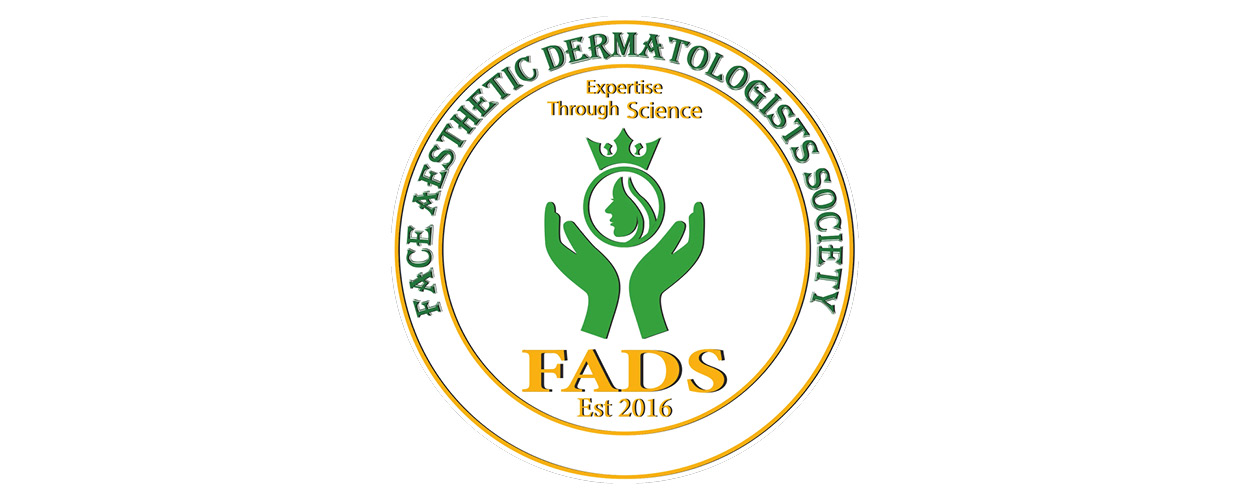Objectives: To review the efficacy and safety of Q switched lasers in pigmentary conditions in skin of colour
Introduction: The Q-switched Nd:YAG laser is an established modality of treatment for epidermal and dermal pigmented lesions. The dual wavelengths of 1064nm and 532nm are suited for the darker skin tones .Though this laser has become the one of choice for conditions such as nevus of Ota, Hori's nevus and tattoos, its role in the management of melasma and other acquired dermal melanoses is not clear. Despite several studies having been done on the Q-switched Nd:YAG laser in melasma, there is no consensus on the protocol or number of sessions required.
Materials / method: This presentation reviews the current literature on laser toning in melasma and the role of the Q-switched Nd:YAG laser in stubborn pigmentary disorders such as lichen planus pigmentosus. As the pathology is primarily dermal or mixed epidermal-dermal in these conditions, the longer wavelength of 1064nm is preferred due to its deeper penetration. Generally multiple sessions are needed for successful outcomes. Low fluence Q-switched Nd:YAG laser at 1064nm utilizing the multi-pass technique with a large spot size has been suggested as a modality to treat melasma.
Results: Lasers can be used in selected resistant cases of melasma when medical therapy fails or the patient is intolerant to topical medication For melasma, most evidence available is for laser toning (low fluence, multi-pass Q-switched Nd:YAG laser technique).
Nevus of Ota and Hori's nevus respond well to Q-switched Nd:YAG laser. Recurrences are very rare upon clearing of the lesion
Conclusion: Lichen planus pigmentosus should be treated only when the condition has stabilized and there is no spread of the disease. Laser can be used in selected cases when activity ceases, and Q-switched Nd:YAG at 1064 nm can help clear the residual hyperpigmentation. However, multiple sittings are necessary.
Divulgação de informações
Você recebeu algum patrocínio para sua pesquisa neste tema?
Não
Você recebeu algum tipo de honorário, pagamento ou outra forma de compensação por seu trabalho neste estudo?
Não
Você possui relação financeira com alguma entidade que possa competir com os medicamentos, materiais ou instrumentos abordados no seu estudo?
Não
Você detém ou pediu a registro de patente para algum dos instrumentos, medicamentos ou materiais abordados no seu estudo?
Não
Este trabalho não recebeu nenhum patrocínio direto ou indireto. O mesmo está sob a própria responsabilidade do seu autor.












